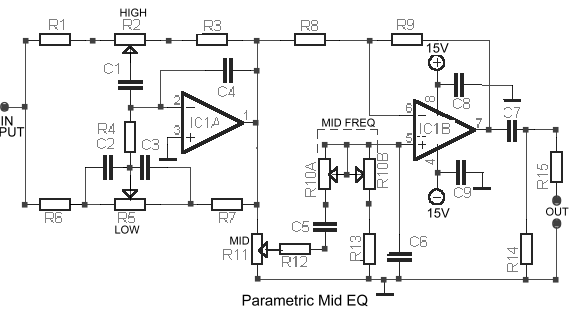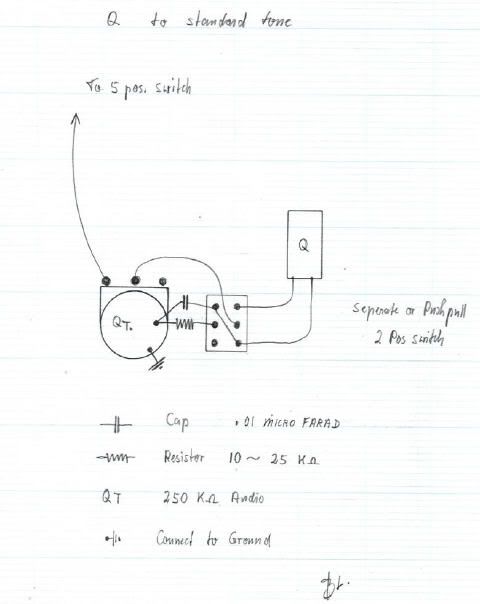Originally posted by J M Fahey
View Post
Guess I'd either have to saw a hole in the back, or mount the EQ in a stompbox.
I can't speak for Daz.


Comment